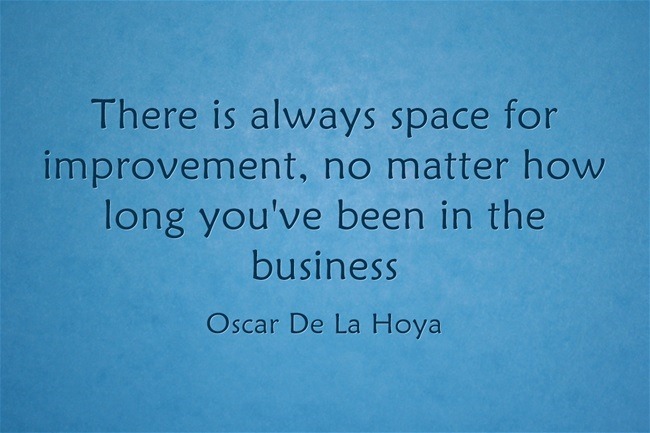Engineering Productivity
Productivity is our job; testing and quality are the job of everyone involved in development. This means that developers own testing and developers own quality. The productivity team is responsible for enabling development to nail those two things.
Engineering Productivity team is kind of extension which allow companies to focus on quality from start of Software Engineering process (often called 'left') to the product release and live maintenance/monitoring ('right' - Testing in Production).
Engineering Productivity的目标
a) 软件能尽可能快的发布。software is released as fast as possible
b) 软件是高质量。software has the highest quality possible
c) 软件在生产环境正常工作。 software works correctly on production
测试工程师的职责转变为
a) More focus on test frameworks, internal consulting and coaching
Demanding business realities usually mean that developers have to write tests. To be fully effective They need guidance & tools provided by experienced testing specialists.
EP team should also provide correct guidelines. For example 100% unit tests coverage probably won't detect performance problems. Limited testing effort should be used in correct place.
b) Shift left in software engineering process
Obviously testing at the beginning is the cheapest. Spending time on things like IDE plugins, unit tests, code coverage tools, effective code review, OWASP secure coding practices usually have high ROI (Return of Investment). EP team should also make sure that no failures are allowed to move downstream on Continuous Integration process.
c) Shift right in software engineering process
Successful release doesn't end EP team duties. They need to constantly monitor how their application perform on production.
d) Need for speed
EP team should make sure that testing doesn't become a bottleneck and it doesn't slow down developers. For example if Selenium E2E run too long at some point they will stop giving any feedback at all, because people won't run them.
从QA与EP简单点说:
Reduce the time from concept to deliverable by providing our product development teams with the tools, practices and support to increase their productivity while maintaining high quality standards
还有些目标:
Goal #1: Provide an easily maintainable and extensible framework that enables scrum teams to add and remove tests. This is not just the what, but the how. What are the strategies and guidelines? How do we decide to include tests? How do we maintain them? Are teams clear on our vision of testing? If teams don’t understand, how can they be successful?
Goal #2: Enable the automatic and early detection of failures within the software under development. I always talk about failing fast and a “shift left” mentality for quality (testing as early as possible). We all should know by now the cost savings of finding a defect earlier rather than later (thousands). By enabling teams to do this more easily, the engineers get faster feedback on their code. When we first started, we were running tests at merge. Now, we will be running at every pull request.
Goal #3: Prevent the source of detected failures from moving any further downstream. It’s not enough to just detect the failure—You have to prevent it from making it to production. We work very closely with the CI team to ensure our gates are in place. It should be no surprise if we do not distribute a build if our tests failed. Teams start to see the importance of being in a releasable state, and ensuring their code changes result in passing tests.
Goal #4: Accommodate all of this without impacting the engineers’ time. This is not easy work, but we want to provide everything without really impacting the engineer. It doesn’t mean that an engineer is not involved in the testing—It simply means we help them adopt the culture of delivering with high quality, which becomes ingrained in the entire Scrum team.
Engineering Productivity Team的角色
a) Test Engineers (TE)
Testers with broad product & business domain knowledge who focus on what should be tested. They drive test strategy and help to identify product risks. Usually aligned in Scrum Team.
b) Software Engineers in Tests (SETs)
Software Engineers (developers) interested in testing domain who build frameworks and tools aiming to speed up software engineering process.
c) Software Engineers, Tools & Infrastructure (SETI)
d) Release Engineers, CI Engineers, DevOps Engineers, TestOps Engineers
Highly technical role which focuses on Continuous Integration, Continuous Delivery and whole release process automation.
e) Site Reliability Engineers, Software Reliability Engineers (SRE)
managed systems and data centers 24x7. reference book: https://landing.google.com/sre/book/index.html
f) Product Owner, Product Manager
Generally speaking he should make sure that EP team goals are aligned with business goals.
今天先到这儿,希望对您过程改进,技术领导力, 企业管理,系统架构设计与评估,团队管理, 项目管理, 产品管理,团队建设 有参考作用 , 您可能感兴趣的文章:
领导人怎样带领好团队
构建创业公司突击小团队
国际化环境下系统架构演化
微服务架构设计
视频直播平台的系统架构演化
微服务与Docker介绍
Docker与CI持续集成/CD
互联网电商购物车架构演变案例
互联网业务场景下消息队列架构
互联网高效研发团队管理演进之一
消息系统架构设计演进
互联网电商搜索架构演化之一
企业信息化与软件工程的迷思
企业项目化管理介绍
软件项目成功之要素
人际沟通风格介绍一
精益IT组织与分享式领导
学习型组织与企业
企业创新文化与等级观念
组织目标与个人目标
初创公司人才招聘与管理
人才公司环境与企业文化
企业文化、团队文化与知识共享
高效能的团队建设
项目管理沟通计划
构建高效的研发与自动化运维
某大型电商云平台实践
互联网数据库架构设计思路
IT基础架构规划方案一(网络系统规划)
餐饮行业解决方案之客户分析流程
餐饮行业解决方案之采购战略制定与实施流程
餐饮行业解决方案之业务设计流程
供应链需求调研CheckList
企业应用之性能实时度量系统演变
如有想了解更多软件设计与架构, 系统IT,企业信息化, 团队管理 资讯,请关注我的微信订阅号:
作者:Petter Liu
出处:http://www.cnblogs.com/wintersun/
本文版权归作者和博客园共有,欢迎转载,但未经作者同意必须保留此段声明,且在文章页面明显位置给出原文连接,否则保留追究法律责任的权利。
该文章也同时发布在我的独立博客中-Petter Liu Blog。




![MegadotnetMicroMsg_thumb1_thumb1_thu[2] MegadotnetMicroMsg_thumb1_thumb1_thu[2]](http://images0.cnblogs.com/blog/15172/201503/211054062506158.jpg)
